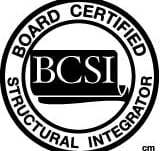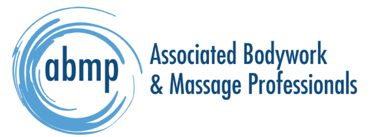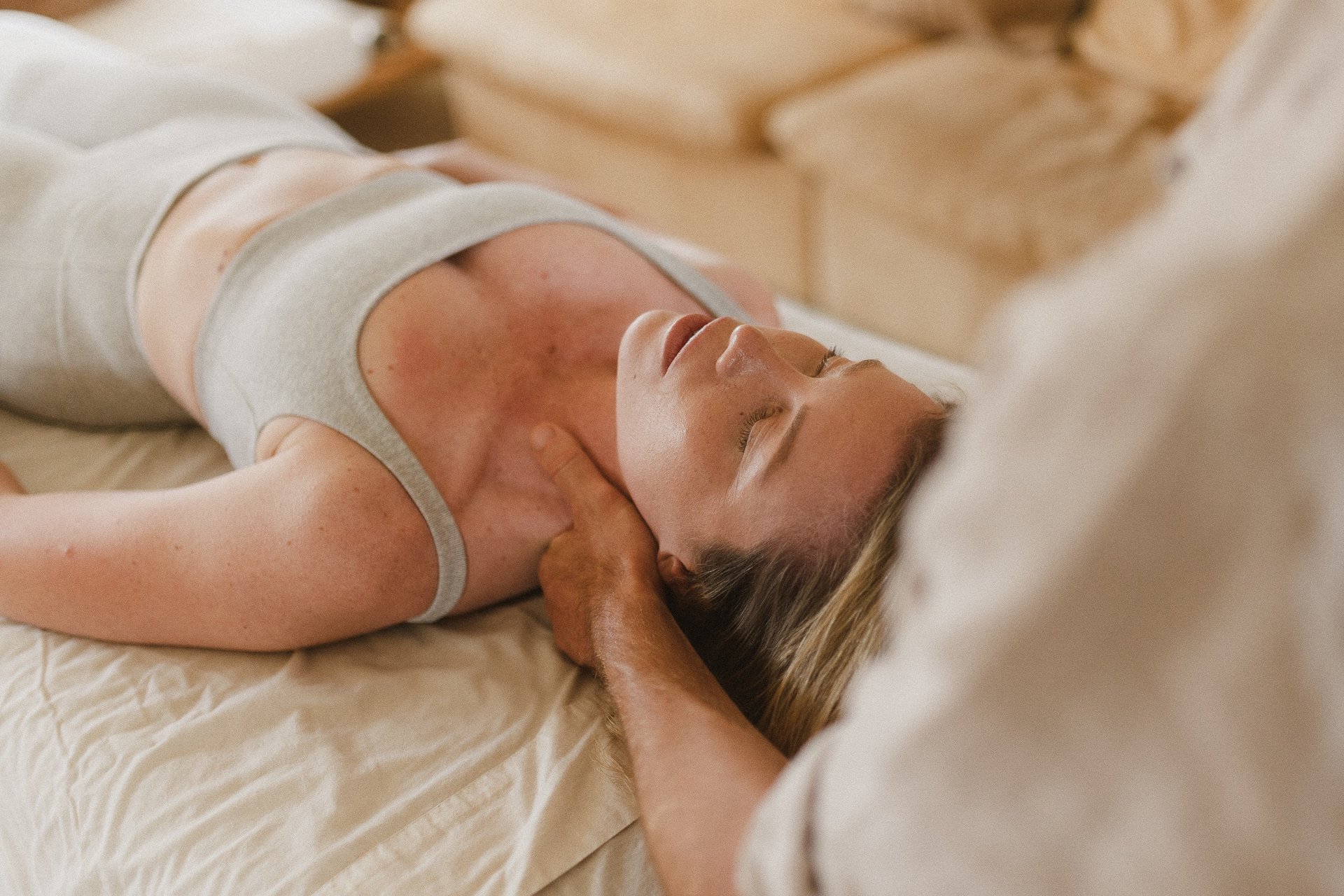
What is Structural Integration?
Explore structural integration, its unique approach, and the benefits for your body and mind.
"Your Body Is Like a Tent"
Imagine your body is like a tent held up by a network of guy wires (ropes). These wires represent your fascia, the connective tissue that supports and shapes your body.
If some of the ropes are too tight, too loose, or twisted, the tent (your body) starts to lean, sag, or feel unstable. It might still stand, but it’s not functioning as it should—and it’s under strain.
Structural Integration is like going around the tent, adjusting each rope, one by one, to bring the whole structure back into balance and alignment. Once everything is tuned, the tent stands tall, evenly supported, and more resilient to wind and pressure.
Hellerwork Structural Integration is a unique blend of deep bodywork, movement education, and somatic dialogue designed to realign the body and reconnect the whole self. Unlike traditional approaches, Hellerwork addresses not just physical tension but also the emotional and mental patterns that shape how we move and hold ourselves. Through an 11-session series, each focused on a specific body area and life theme, clients gain insight, release long-held patterns, and learn new ways to move with ease. It’s a collaborative, whole-person approach that supports lasting change from the inside out.Rooted in the principles of Structural Integration, Hellerwork focuses on releasing patterns of strain held in the body’s fascia—the connective tissue that shapes and supports your posture. By working through a series of sessions that address the whole body, Hellerwork helps you move out of pain, improve alignment, and create lasting change.
How is it different from massage or chiropractic care?
While massage often targets muscle tension and relaxation, and chiropractic focuses on joint alignment, Hellerwork goes deeper. It works systematically with the body’s connective tissue and movement patterns to address the underlying causes of pain and imbalance—helping your body reorganize itself around a new, more efficient structure.
You’re not just receiving bodywork—you’re learning to move, stand, and live in a new way.


“Rolfing is about changing the whole person, not just the body.”
-Ida Rolf
"

Hellerwork Overview
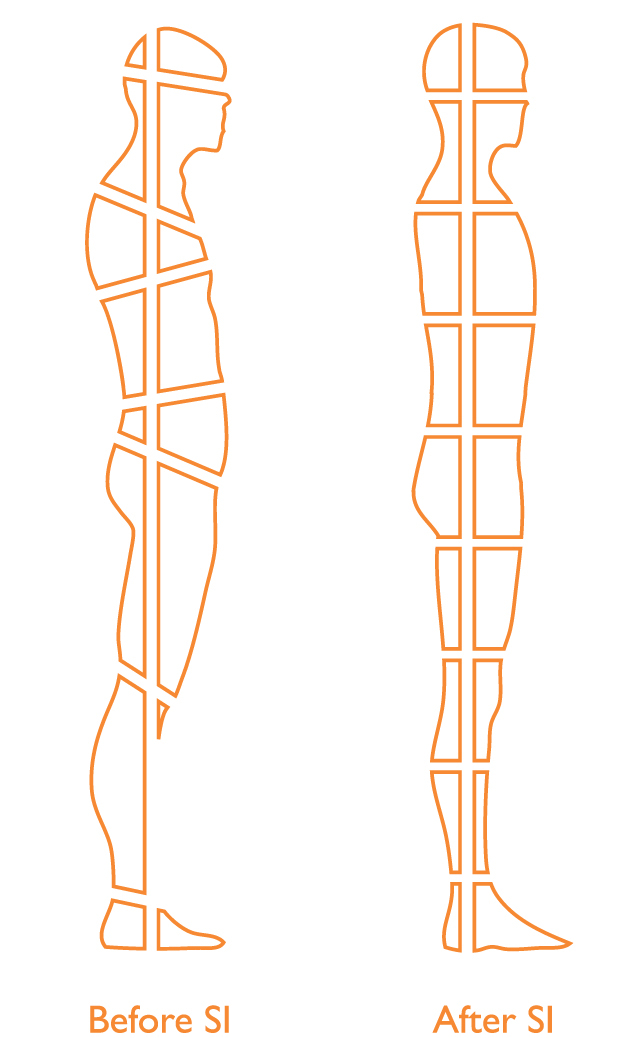

What It Is:
Structural Integration (SI) is a holistic approach to bodywork that:
Aims to realign and balance the body in gravity.
Works through deep, targeted manipulation of fascia (not just muscles).
Involves movement education, helping clients become more aware of their posture and how they move.
How It Works:
Practitioners use slow, intentional pressure to release tension, adhesions, and restrictions in the fascial network.
The work is typically done over a series of sessions (often 10–12), each with a specific focus (e.g., feet, pelvis, spine, etc.).
Clients are often guided through movements to reinforce structural changes.
Why People Seek It:
Chronic pain or tension (e.g., neck, back, shoulders)
Postural imbalances (e.g., slouching, uneven hips)
Recovery from injury or repetitive strain
Greater body awareness and ease of movement
Desire for improved athletic or artistic performance
Reset nervous system, release trauma from the body
Origins:
Developed by Dr. Ida Rolf in the mid-20th century, originally called "Rolfing® Structural Integration."
Several schools and styles now exist, such as Hellerwork, Anatomy Trains Structural Integration, and others, which each bring their own flavor to the foundational principles.
“When the body gets working appropriately, the force of gravity can flow through. Then, spontaneously, the body heals itself.”
The Series
A general summary of the 11 session series
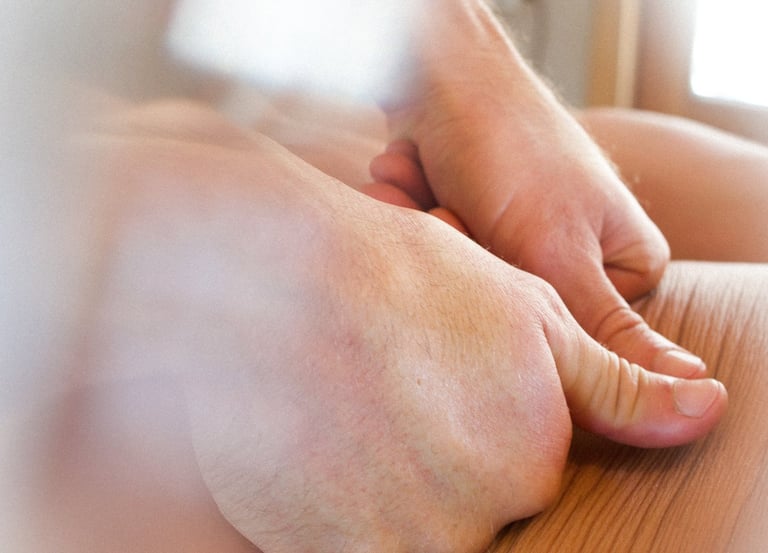

The 11-Session Series Breakdown:
Each session has a focus that builds on the previous one. Here’s a brief overview:
Session 1 – Breathing & the Ribcage: Open the breath, release the chest and shoulders.
Session 2 – Support Through the Feet: Grounding and foot/leg alignment.
Session 3 – Sides & Lateral Line: Creating balance front to back and side to side.
Session 4 – Core & Inner Legs: Accessing inner support and core stability.
Session 5 – Front Line & Psoas: Freeing the abdomen and hip flexors.
Session 6 – Back Line & Sacrum: Releasing the spine and pelvic base.
Session 7 – Head & Neck: Bringing the head into alignment with the spine.
Session 8 – Integration Through the Lower Body: Coordinating legs and pelvis.
Session 9 – Integration Through the Upper Body: Coordinating shoulders, arms, and spine.
Session 10 – Full-Body Integration: Refining alignment and movement.
Session 11 – Personal Integration: Addressing remaining imbalances and consolidating changes.
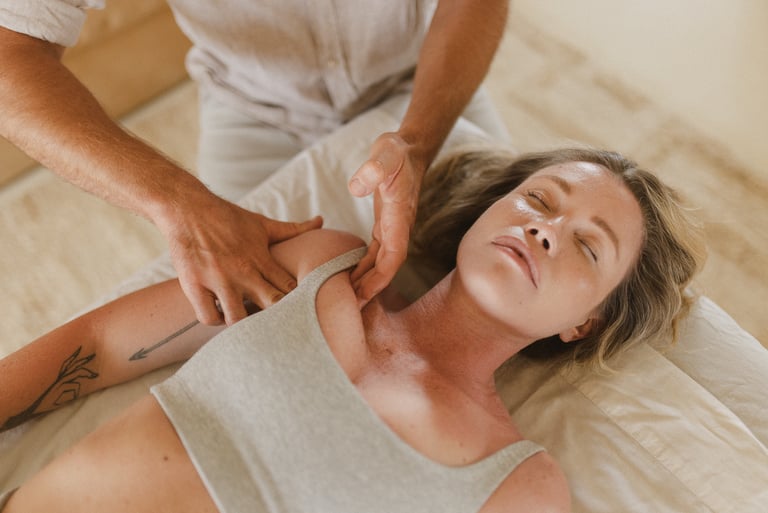

“Kyle is a skilled practitioner. I initially went to him for help with my shoulder but our sessions have been life changing, improving my posture and my walk. From him I have learned that the mind and body is connected. Kyle has a great demeanor and will make you feel comfortable. I highly recommend him."
Mike Lohr
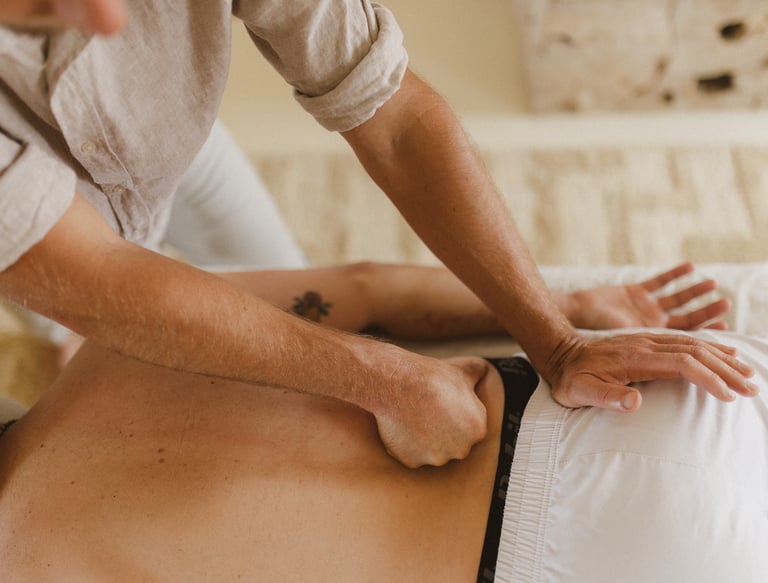

★★★★★

